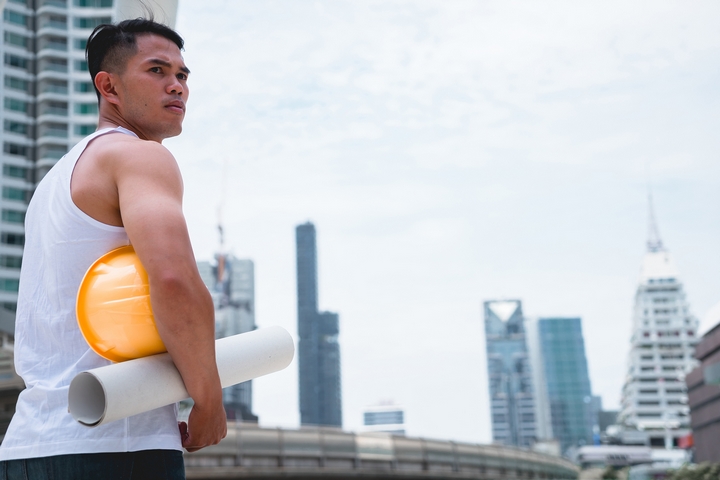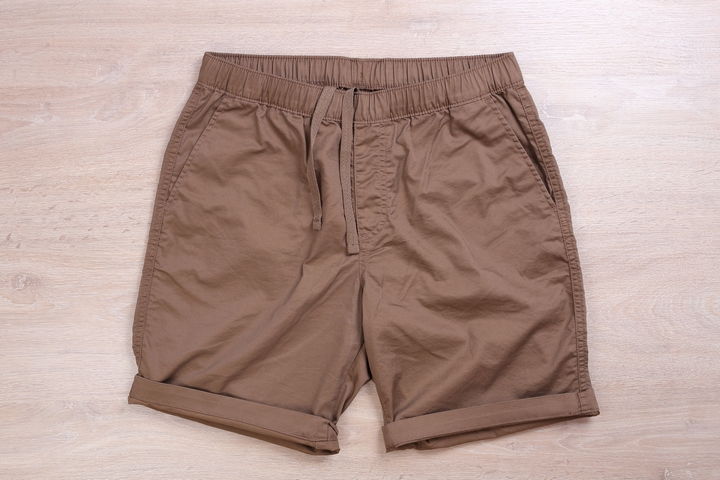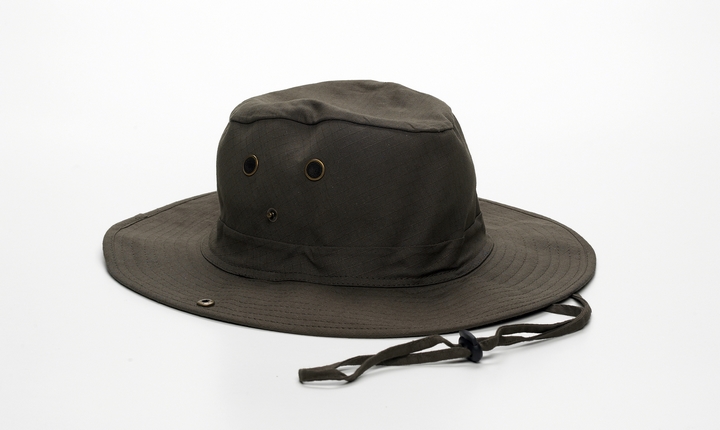The sun is a blessing. Without it, crops won’t grow, and our health will be highly compromised. Besides, it’s a great source of natural clean energy. However, during those sweltering summer days, the sun presents several hazards in the form of extreme heat. As temperatures rise, people’s lives are jeopardized by a spike in incidences of heat-related conditions such as heat stroke and heat exhaustion. To mitigate the impacts of extreme heat, the clothes you wear play a huge role.
The key to wearing the perfect hot weather clothing is to go for light, free-flowing clothes that allow natural air circulation into your body. You should also consider wearing shorts and skirts during the hot weather. The following are six types of extreme hot weather work clothing you can wear to reduce the impact of scorching weather.
1. Cooling Vests

The beauty with cooling vests is that they don’t restrict workers’ movements. They can be worn with other necessary gear to enhance your safety and comfort. Since it’s not bulky, you can wear a personal air cooler at any time, and at any place, even where there are hazardous materials. The vest, which is composed of filtered compressed air and runs on vortex technology, regulates your body temperature to keep it cool at all times. They don’t get warm as quickly as ice packs do. Besides, unlike fixed air conditioners, you can use cooling vests everywhere, both indoors and outdoors.
Good quality cooling vests are flame resistant and can withstand very high temperatures. They are ideally suited for staff working in hot conditions such as construction and sandblasting sites, boilers, glass plants, power plants, and in mines. They are also durable and cost-effective; you don’t have to worry about maintenance costs.
2. Natural Fabrics

Fabrics such as silk, linen, and cotton are good sweat absorbers. They are ideal apparel to wear in hot conditions since they allow your skin to breath. Compare these with synthetic fabrics, which retain heat and are poor sweat absorbers, meaning they increase rather than decrease your body temperature.
3. Lightweight, Loose-Fitting, Light-coloured Clothing

It is believed that light-coloured clothing deflects heat while dark clothing absorbs it. This is true to a point, but in reality, the effect on your body is almost the same. There are other dynamics involved in regulating your body’s temperature. In a paper published in “Nature” in 1980, researchers were intrigued by the fact that Bedouins would prefer to wear black robes in the sweltering Sinai desert. After testing white robes against black ones, they found that indeed the black robe absorbed more heat than the white one, but the heat stayed in the clothing. As such there was ‘nil’ difference between heat absorbed by someone wearing a white robe and one wearing a black robe. However, how close to your body or loose the fabric is, is a huge difference maker. Loose flowing clothes let air circulate more easily in your body to keep you cool in hot weather.
4. Short Pants and Skirts

Here’s an interesting true story about pants and skirts. Some bus drivers in Nantes, France, unable to withstand the sweltering summer requested their employer to allow them to wear short pants, which was against the company’s regulations. Of course, their request was rejected. In protest, they chose to wear the only summer wear allowed by the company, skirts. During hot weather, wearing skirts and short pants regulates your body temperature since these attires allow better air circulation into most parts of your body.
5. Vented Wide-brimmed Hats

Your face, ears, neck and head need protection from direct UV light from the sun, especially in extremely hot temperatures. Wearing a wide-brimmed vented hat during such weather is highly recommended. The hat should be at least 7.5 cm wide to allow adequate protection and shade. It should also be of highly breathable lightweight material to allow better airflow. You should as much as possible avoid wearing peaked caps.
6. Sunglasses

Besides causing havoc to your skin, the sun contains dangerous UV rays that could cause a lot of damage to your eyes. One of the best ways to protect your eyes during extreme summer temperatures is by wearing sunglasses. However, the glass you choose to wear has to be perfectly designed to fit correctly, up to your face. In other words, they should touch your forehead to make sure no sun rays sneak in.
To protect yourself during extreme weather seasons, the less clothing you wear, the better, especially when you are indoors. Of course, if you are working in areas such as boilers, constructions sites, etc., that require you to wear protective clothing, you may not have the luxury of dressing skimpily. In such instances, wearing a cooling vest keeps your body temperature adequately regulated, even in extreme temperatures. This is, however, the only exception. To ensure adequate air circulation, choose a loose-fitting, lightweight, and light-coloured fabric that allows natural air circulation into your body. You may also want to wear a wide-brimmed hat and sunglasses to keep yourself cooler, and looking cool too. You might also want to bring along a bottle of sunscreen to protect your body from sunburn, which interferes with your body’s cooling system and results in loss of body fluids besides damaging your skin.

